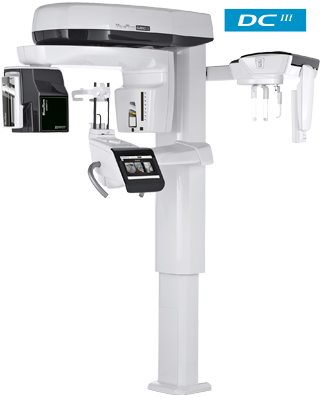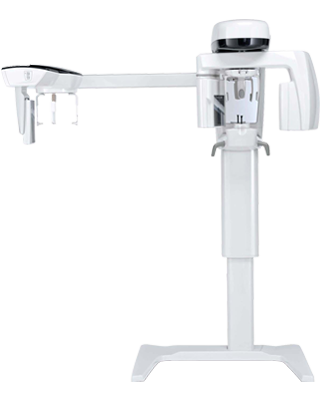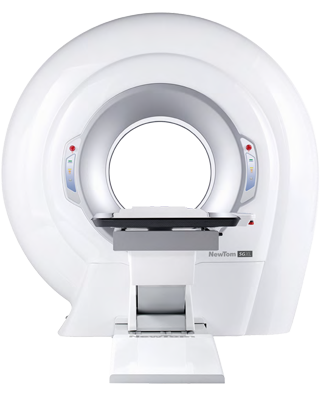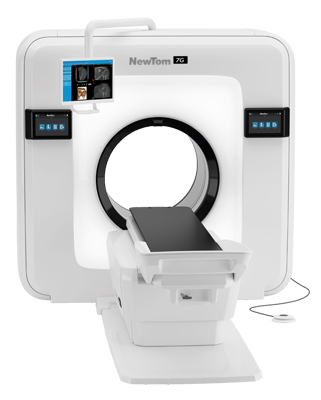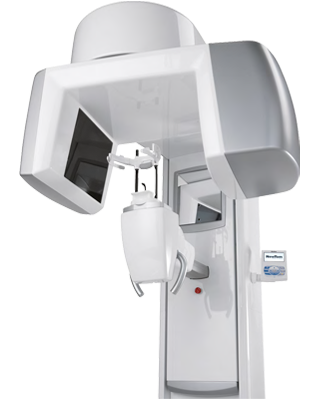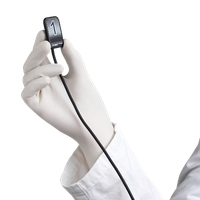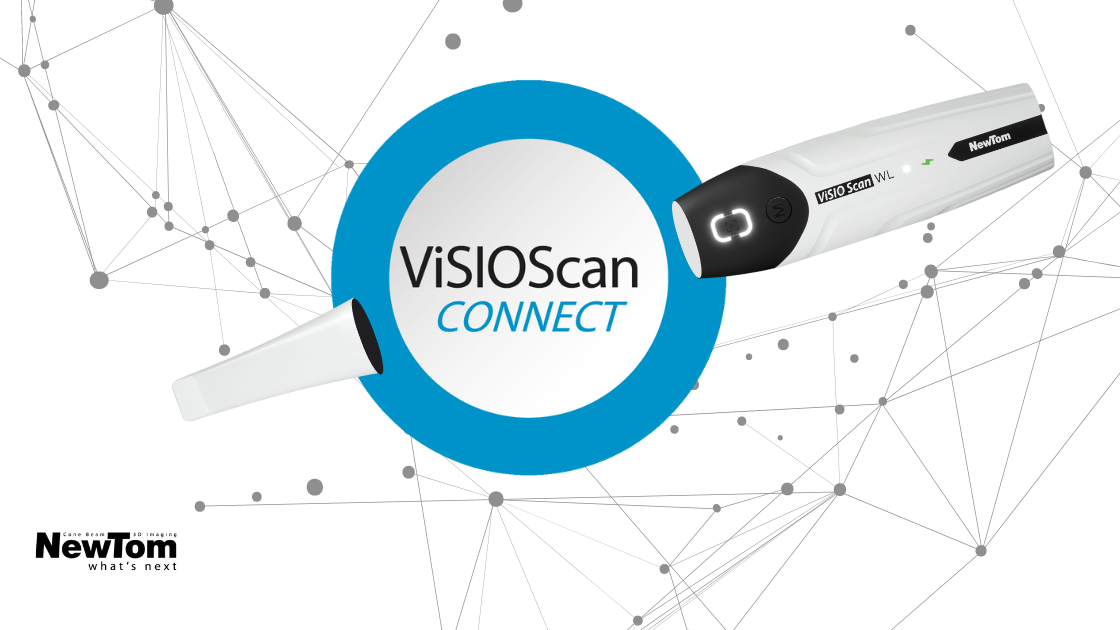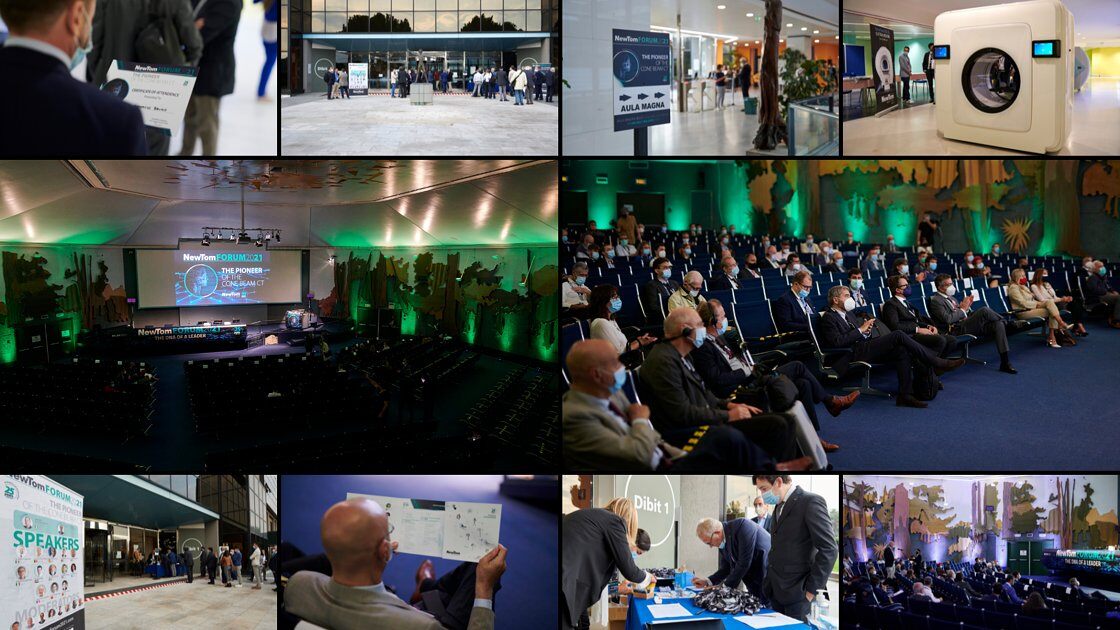28 April 2020
SARS-CoV-2 - A new scenario for dentistry
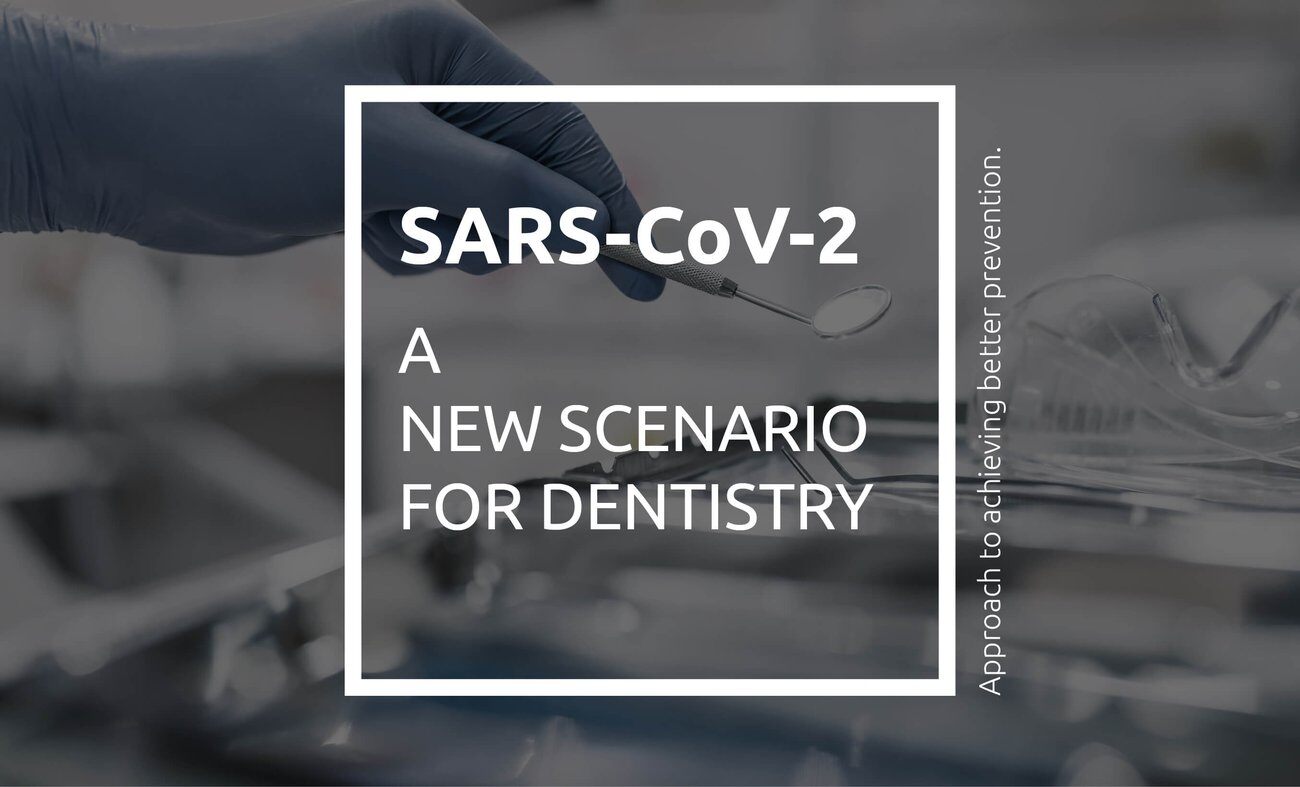
The current SARS-CoV-2 pandemic represents a major threat to the entire population, and a critical threat to health care workers, especially those coming into close contact with patients, such as dentists and oral hygienists.
What we know about SARS-CoV-2
SARS-CoV-2 is easily passed from person to person via airborne transmission, but can also linger on surfaces for hours or even days. This makes it a significant challenge to anyone working in the dental sector and consequently the WHO keeps issuing general guidelines based on evidence gathered by experts worldwide.
Why you should read this leaflet carefully
As dental professionals are subject to significant risks according to the WHO, this leaflet identifies certain solutions which can be implemented in dental surgeries, considering the inevitable proximity that exists between patient and health care worker during treatment and in view of the large number of aerosol-generating procedures performed.
This leaflet will illustrate the importance of regular intervention, the role played by hygiene systems and devices built into dental units, as well as stand-alone sterilisation equipment and products used to protect or disinfect surfaces exposed to contamination risks.
Further recommendations, including triage and correct use of the surgery environment are part of the recommended Infection Prevention & Control strategy elaborated by the WHO.
Now declared a pandemic by the WHO, fighting SARS-CoV-2 requires a clear strategy. This starts with awareness of the risks and of how the pandemic will affect the dental profession today and in the future.
What does the World Health Organisation say
These are the key issues raised by the WHO, which constitute the Infection Prevention & Control strategy, easily summarised in 5 main points:
- Early recognition and isolation of patients with suspected SARS-CoV-2 through careful triage.
- Firm application of standard precautions for all patients.
- Implementation of additional precautions for patients with suspected SARS-CoV-2.
- Implementation of administrative controls in general and specific measures related to healthcare workers.
- Adoption of environmental and engineering controls addressing the basic infrastructure of the surgery environment.
The majority of these issues will be dealt with in this leaflet. By examining specific situations in which dental professionals are obliged to pay close attention to the risks of contamination, the aim is to illustrate how existing solutions, in some cases already certified according to scientific research and analysis, are simply elements of a correct and validated procedure. These solutions will contribute significantly towards minimising risks related to SARS-CoV-2.

